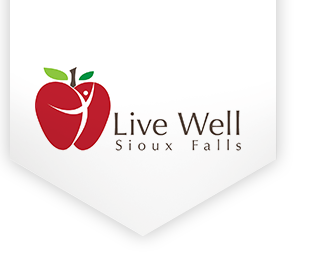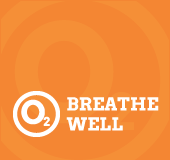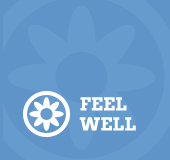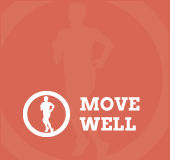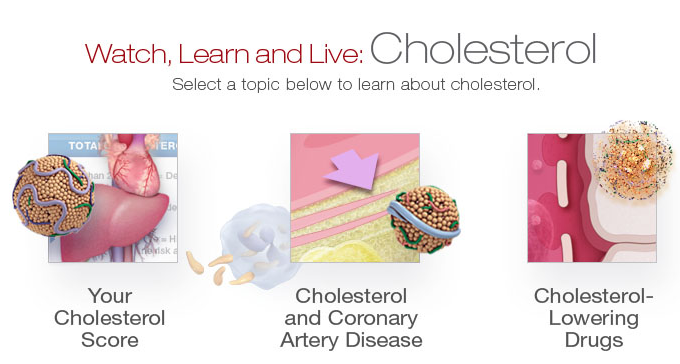High Cholesterol
Cholesterol is one of many substances that our body creates and uses to keep us healthy. Some of the cholesterol we need is produced naturally, and some of it comes from the food we eat.
There are two types of cholesterol, and it is important to know what these are. Too much of one type or not enough of another can put you at risk for heart disease and stroke.
Low-density lipoprotein (LDL) "Bad" When too much LDL (bad) cholesterol circulates in the blood, it can slowly build up in the inner walls of the arteries that feed the heart and brain. Together with other substances, it can form plaque, a thick, hard deposit that can narrow the arteries. This condition is known as atherosclerosis. If a clot forms and blocks a narrowed artery, it can cause a heart attack or stroke.
High-density lipoprotein (HDL) "Good" HDL is called "good" cholesterol, because high levels of HDL protect against heart attack. Low levels of HDL (less than 40 mg/dL for men and less than 50 mg/dL for women) also increase the risk of heart disease. HDL appears to carry cholesterol away from the arteries and back to the liver, where it is then passed from the body, which can help slow the buildup of plaque.
What are Triglycerides?
When you get a blood test to check your cholesterol, which can be referred to as a lipid panel, your health care provider may also check your triglycerides.
A triglyceride is a form of fat made in the body. Elevated triglycerides can be due to overweight/obesity, physical inactivity, cigarette smoking, excess alcohol consumption, and a diet high in carbohydrates. People with high triglycerides often have a high total cholesterol level, including a high LDL (bad) level and a low HDL (good) level. Many people with heart disease and/or diabetes also have high triglyceride levels.
Your Cholesterol Levels
Total Cholesterol Level:
Less than 200 mg/dL = Desirable level that puts you at lower risk for coronary heart disease
200 to 239 mg/dL = Borderline high
240 mg/dL and above = High blood cholesterol
HDL Cholesterol Level: (Higher levels are better)
|
Men: Less than 40 mg/DL |
Low HDL, major risk factor for heart disease |
|
Women: Less than 50 mg/DL |
Low HDL, major risk factor for heart disease |
|
60 mg/DL and above |
High HDL, protective against heart disease |
LDL Cholesterol Level: (Lower levels are better)
Less than 100 mg/dL = Optimal
100 to 129 mg/dL = Near or above optimal
130 to 159 mg/dL = Borderline high
160 to 189 mg/dL = High
190 mg/dL and above = Very high
Triglyceride Level:
Less than 100 mg/dL = Optimal
Less than 150 mg/dL = Normal
150–199 mg/dL = Borderline high
200–499 mg/dL = High
500 mg/dL and above = Very high
Prevention and Treatment
The good news is, you can lower your cholesterol and reduce your risk of heart disease and stroke. Your health care provider may prescribe medications or give advice about diet and lifestyle changes to help manage your cholesterol. Be sure to carefully follow these recommendations.
- Eat a heart-healthy diet.
- Enjoy at least 150 minutes a week of moderate-intensity aerobic physical activity. Also add in at least two days a week of muscle strengthening activities.
- Avoid tobacco smoke.
- Take any medications as prescribed by your health care provider
Source: American Heart Association
